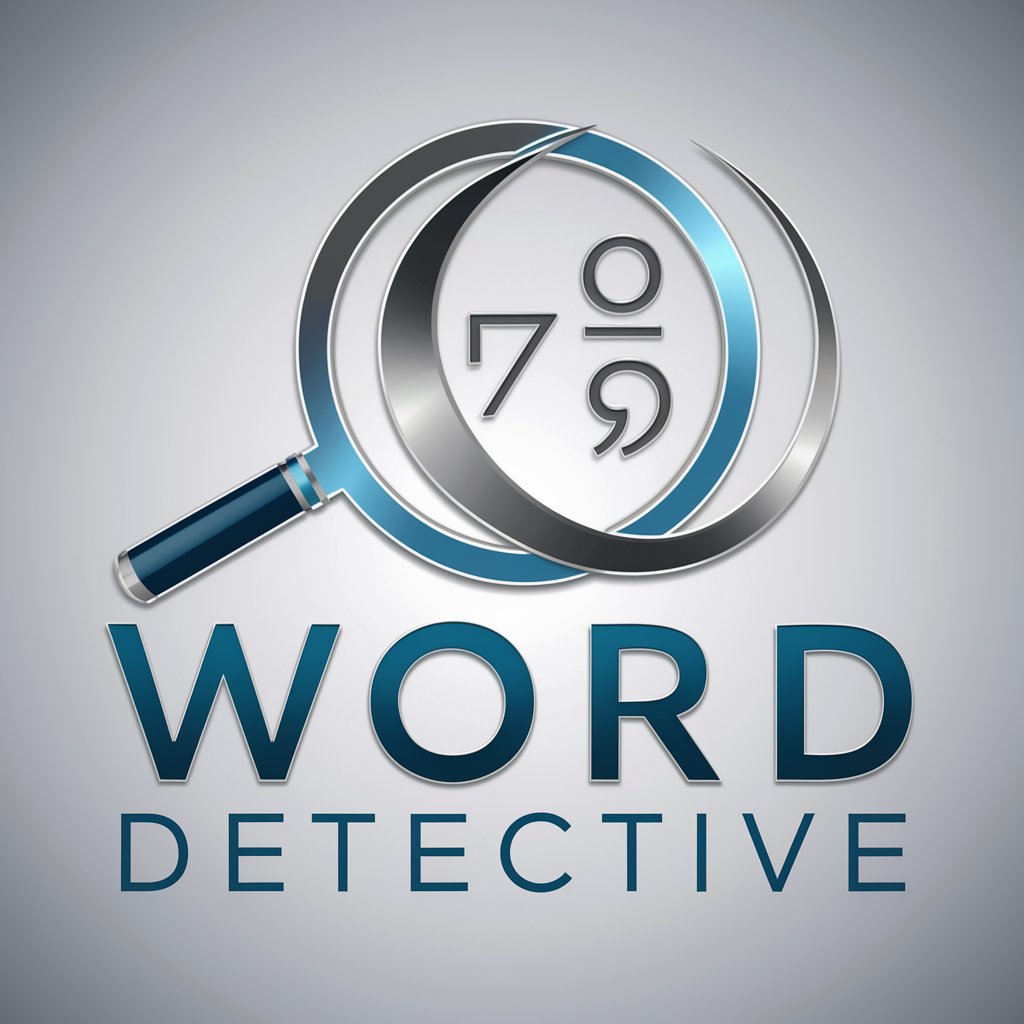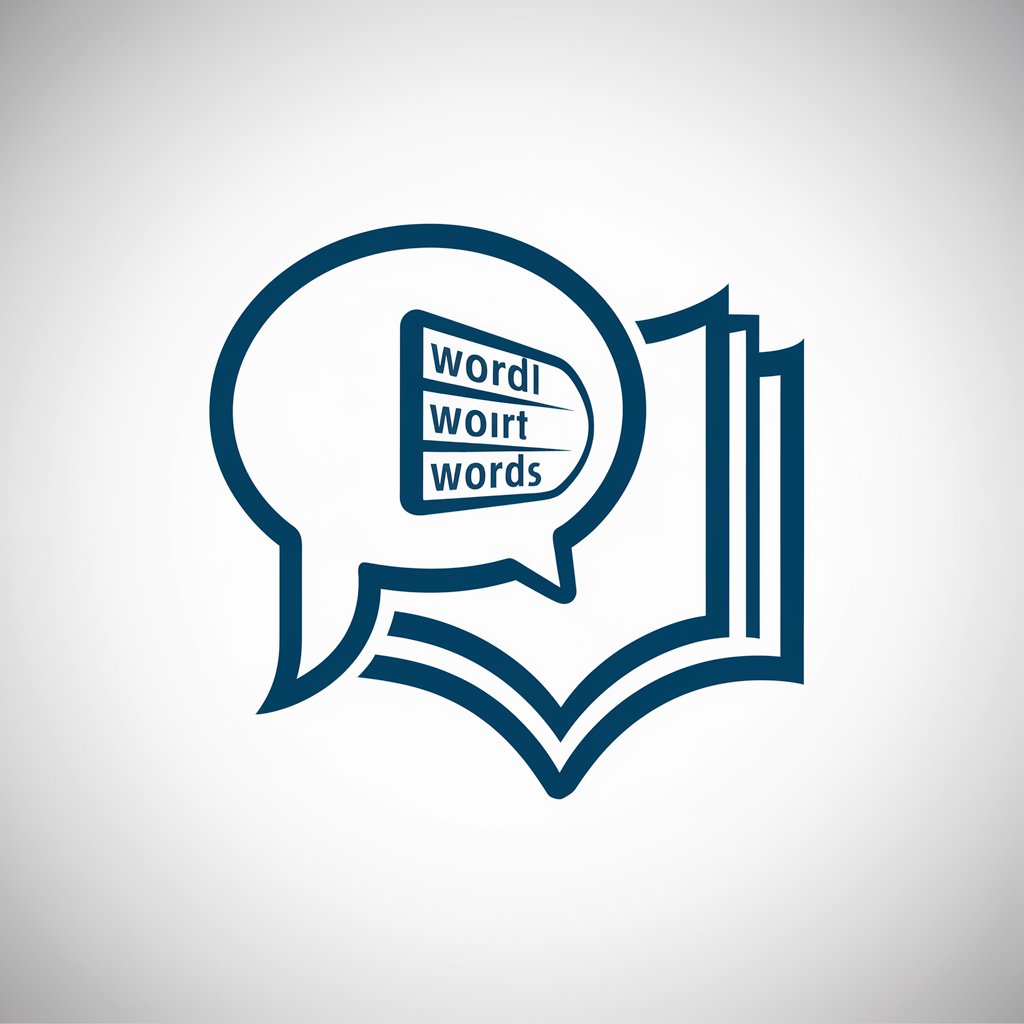
Descriptive Word Analyzer - Text Analysis Tool

Welcome! Let's enhance your writing by analyzing word frequencies together.
AI-powered Text Enhancement
Analyze the ten most frequent verbs in the following text:
Identify the top ten adjectives in this passage:
What are the most common adverbs used in the provided document?
List the ten most frequent descriptive words (verbs, adverbs, adjectives) in this excerpt:
Get Embed Code
Overview of Descriptive Word Analyzer
Descriptive Word Analyzer is designed to assist writers and editors by analyzing the frequency of verbs, adverbs, and adjectives in a given text. This tool scans a document and identifies the top ten most common words for each of these parts of speech, presenting a count of how often each word appears. This analysis helps users recognize and potentially reduce the overuse of certain words, thereby improving the variety and enhancing the quality of the text. For example, in a draft of a novel, the tool might highlight an excessive use of the verb 'walked' or the adjective 'beautiful,' prompting the author to introduce more diverse language choices. Powered by ChatGPT-4o。

Core Functions of Descriptive Word Analyzer
Frequency Analysis of Verbs
Example
In an article, the analyzer could identify verbs like 'said', 'went', and 'made' as the most frequently used, allowing the writer to consider synonyms or rephrasing to avoid repetition.
Scenario
A journalist editing a feature story realizes through the analysis that the verb 'said' is overly used and replaces some instances with 'noted', 'explained', or 'remarked' to improve the narrative flow.
Frequency Analysis of Adverbs
Example
For a blog post, the analyzer may show frequent use of 'very', 'really', and 'quickly'. The blogger can then fine-tune the text to make the tone more professional and precise.
Scenario
While revising a series of travel blogs, a writer discovers an excessive use of 'quickly' and opts for more descriptive alternatives like 'hurriedly' or 'swiftly' to enhance the reader's visual experience.
Frequency Analysis of Adjectives
Example
In a student's essay, the tool could highlight adjectives such as 'good', 'important', and 'significant' as overused, suggesting the use of more specific descriptors.
Scenario
An academic advisor uses the tool to help a student refine their thesis paper, leading to a more compelling and academically robust presentation by replacing vague adjectives with precise, scholarly terms.
Target User Groups for Descriptive Word Analyzer
Writers and Authors
This group includes novelists, short story writers, and other creative writers who aim to refine their manuscripts. They benefit from the tool by identifying word repetition and enhancing word choice for richer storytelling.
Journalists and Bloggers
These professionals often work under tight deadlines and may overlook repetitive language. The tool helps them polish articles and posts for clarity and reader engagement, maintaining a high standard of writing even when time-constrained.
Academic Writers and Students
For those engaged in academic writing, maintaining a robust and precise vocabulary is crucial. The tool aids in identifying overused terms and suggests alternatives to meet the scholarly demands of academic writing.

How to Use the Descriptive Word Analyzer
Step 1
Visit yeschat.ai to access a free trial of the Descriptive Word Analyzer, no login or ChatGPT Plus subscription required.
Step 2
Upload or paste the text you wish to analyze directly into the designated text field on the platform.
Step 3
Select 'Analyze' to start the process. The tool will process your text and identify the frequencies of verbs, adverbs, and adjectives.
Step 4
Review the results presented in an easy-to-understand format, showing the ten most common verbs, adverbs, and adjectives along with their counts.
Step 5
Utilize the findings to enhance your writing by adjusting the overuse of certain words, thus improving clarity and diversity of language.
Try other advanced and practical GPTs
Descriptive
Bringing Vision to Words with AI
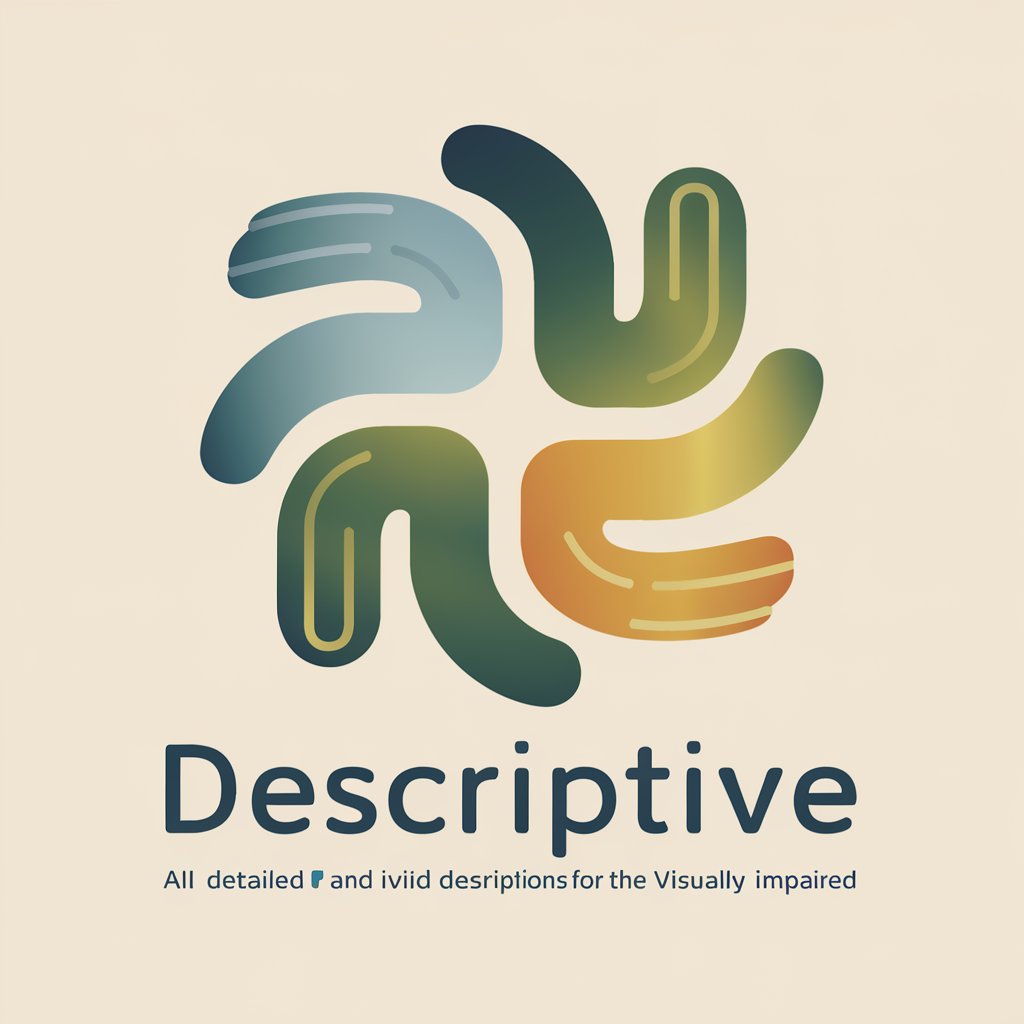
Descriptive Genius
Empowering your creativity with AI

Adverbs and Descriptive Adjective
Enhance Your Language with AI
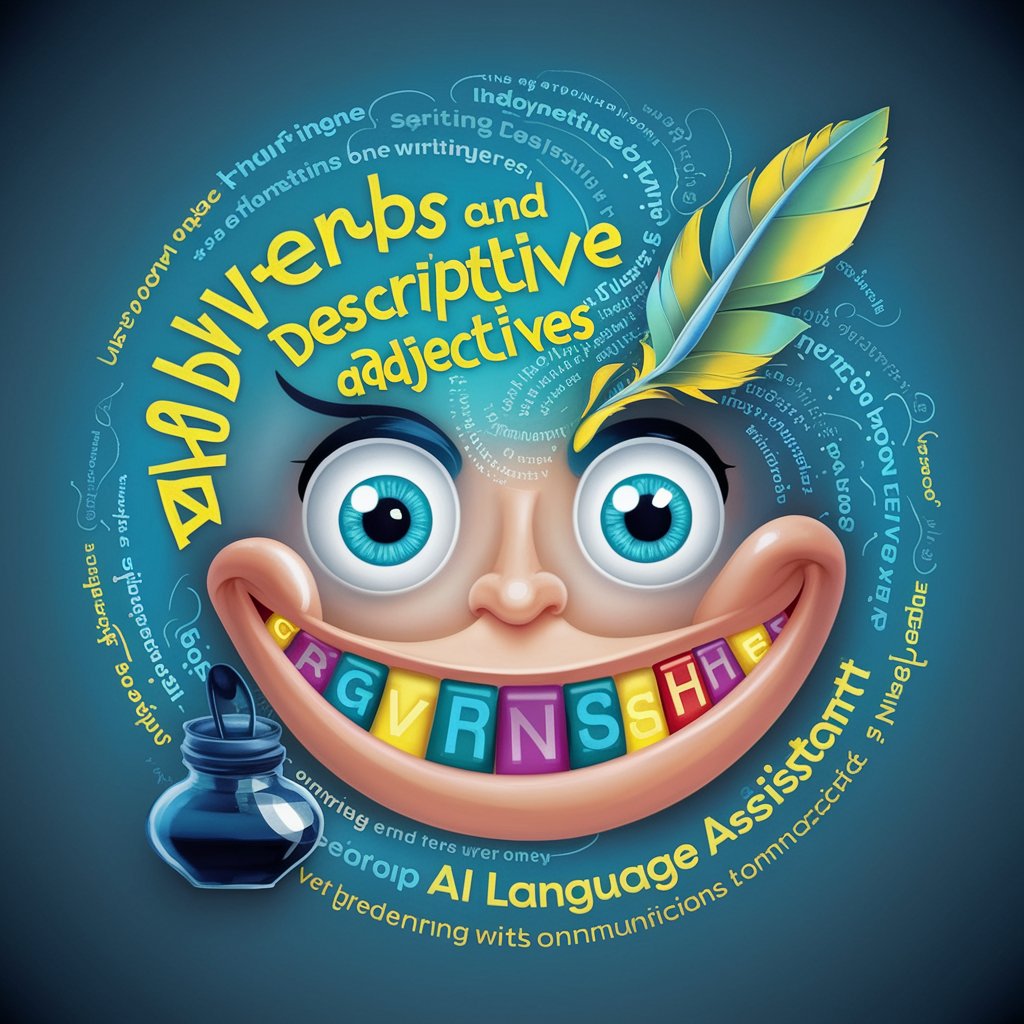
Deutsch Tutor
Master German with AI-powered Tutoring

Little Chef Helper
Nourish Your Baby with AI-Powered Precision

ULTIMATE LIFE COACH-INTERACTIVE
Empower Your Journey to Personal Mastery

Descriptive image search
Transforming words into images with AI.

Descriptive Summarizer with Enhanced Clarity
Simplify complex texts with AI-powered summaries.
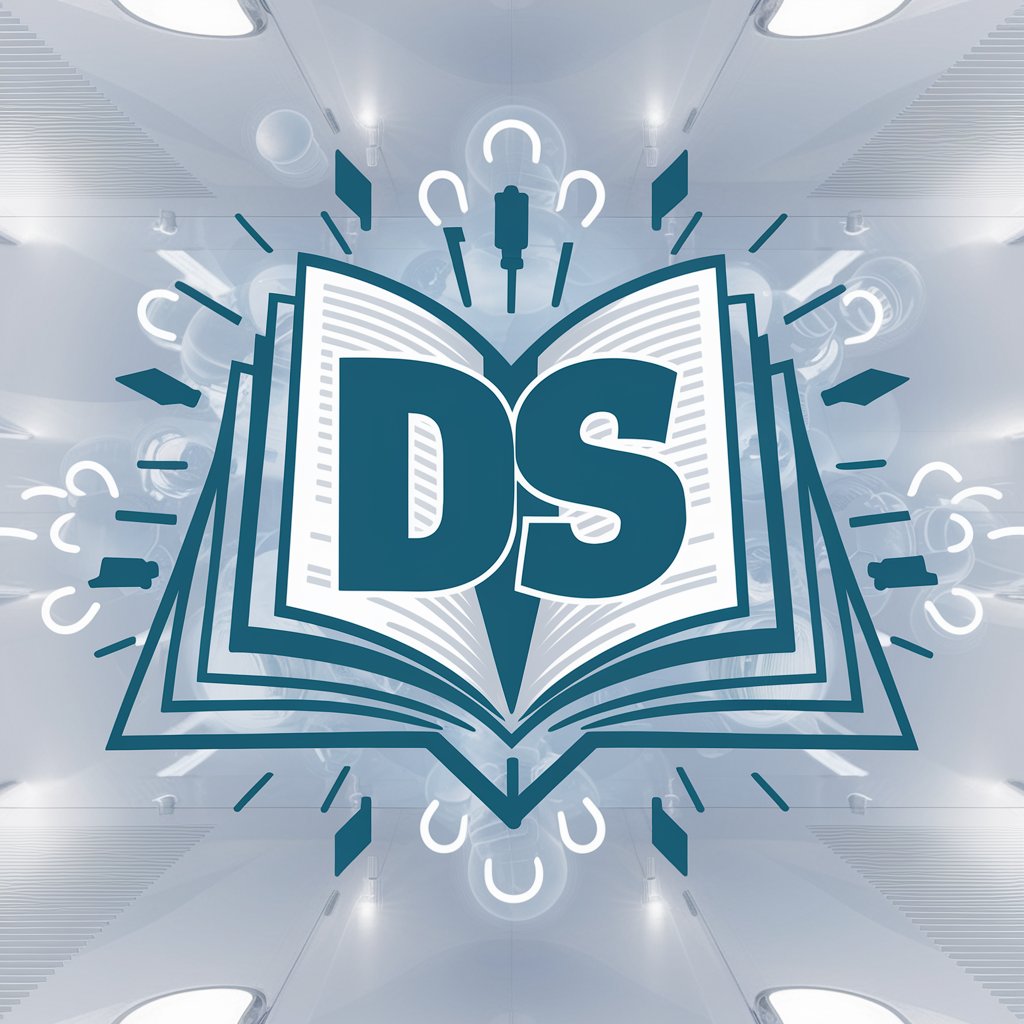
Descriptive Literary Linguist
Crafting Vivid Narratives with AI

Qualitative Data Analyst
Unveil insights with AI-powered analysis.

Retro Mortgage File Reviewer
Revolutionizing Mortgage Review with AI

Linux Kernel Expert
AI-powered Linux Kernel Troubleshooting

Frequently Asked Questions about Descriptive Word Analyzer
What types of words does the Descriptive Word Analyzer focus on?
The tool specifically analyzes the use of verbs, adverbs, and adjectives in a text, providing counts and frequencies for these parts of speech.
Can the Descriptive Word Analyzer help improve my writing?
Yes, by identifying frequently used descriptive and action words, it helps writers recognize and reduce redundancy, thereby enhancing the quality and variety of their text.
Is there a limit to the length of text I can analyze?
While there's no strict limit, the tool is optimized for pieces of text that are manageable in length, such as articles, essays, or chapters of a book, to ensure accuracy and performance.
How fast does the Descriptive Word Analyzer deliver results?
Results are typically generated within seconds, depending on the length and complexity of the text submitted for analysis.
Can this tool be used for texts in any language?
Currently, the Descriptive Word Analyzer is optimized for English language texts. Using it with other languages might not yield accurate results due to differences in linguistic structure.

